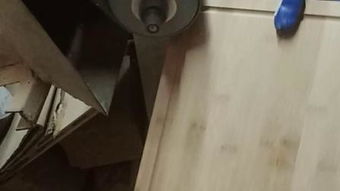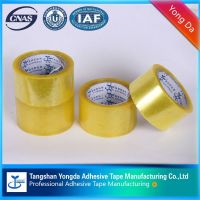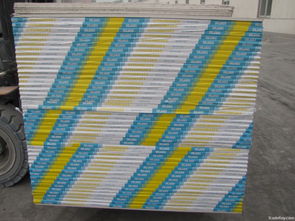Sanding Plasterboard: A Comprehensive Guide
When it comes to home improvement projects, sanding plasterboard is a crucial step that often goes unnoticed. Whether you’re a DIY enthusiast or a professional contractor, understanding the ins and outs of sanding plasterboard can make a significant difference in the quality of your work. In this article, we’ll delve into the various aspects of sanding plasterboard, from the tools and materials needed to the best practices for achieving a smooth finish.
Tools and Materials

Before you start sanding your plasterboard, it’s essential to gather the necessary tools and materials. Here’s a list of items you’ll need:
- Plasterboard Sandpaper: Choose sandpaper with a grit size ranging from 120 to 240. A finer grit will provide a smoother finish, while a coarser grit is better for removing imperfections.
- Sanding Block: A sanding block is a flat, rectangular piece of wood or plastic that helps you apply even pressure while sanding.
- Sanding Sponges: Sanding sponges are ideal for sanding corners and edges where a sanding block may not fit.
- Dust Mask: Sanding plasterboard can produce a significant amount of dust, so wearing a dust mask is crucial for protecting your lungs.
- Microfiber Cloths: Microfiber cloths are perfect for wiping away dust and debris after sanding.
- Plasterboard Compound: If you’re sanding to prepare for painting or wallpapering, you’ll need a suitable plasterboard compound.
Preparation

Before you start sanding, it’s essential to prepare the plasterboard surface. Here are some key steps to follow:
- Inspect the Plasterboard: Check for any cracks, holes, or imperfections on the surface. Repair any damage using a suitable filler or compound.
- Allow the Compound to Dry: If you’ve applied any filler or compound, ensure it’s completely dry before sanding.
- Secure the Plasterboard: Make sure the plasterboard is securely fastened to the wall or ceiling. Loose or wobbly boards can cause uneven sanding and damage the surface.
The Sanding Process

Now that you’ve prepared your plasterboard, it’s time to start sanding. Here’s a step-by-step guide to help you achieve a smooth finish:
- Start with a Coarse Grit: Begin by sanding the surface with a coarse grit sandpaper (120-180). This will help remove any imperfections and create a level surface.
- Use a Sanding Block: Apply even pressure while sanding using a sanding block. Avoid pressing too hard, as this can cause the sandpaper to clog and leave marks on the surface.
- Sand in a Straight Line: Move the sanding block in a straight line across the surface, following the direction of the joint lines. This will help create a uniform finish.
- Switch to a Fine Grit: Once the surface is smooth, switch to a finer grit sandpaper (180-240) to achieve a polished finish.
- Use Sanding Sponges for Corners: For corners and edges, use a sanding sponge to ensure a smooth finish without damaging the surface.
Cleaning and Finishing
After sanding, it’s essential to clean the surface to remove any dust and debris. Here’s how to do it:
- Wipe the Surface: Use a damp microfiber cloth to wipe the surface, removing any remaining dust and debris.
- Check for Imperfections: Inspect the surface for any remaining imperfections or sanding marks. If necessary, sand these areas with a fine grit sandpaper.
- Apply Plasterboard Compound (if needed): If you’re preparing the surface for painting or wallpapering, apply a thin layer of plasterboard compound and allow it to dry.
